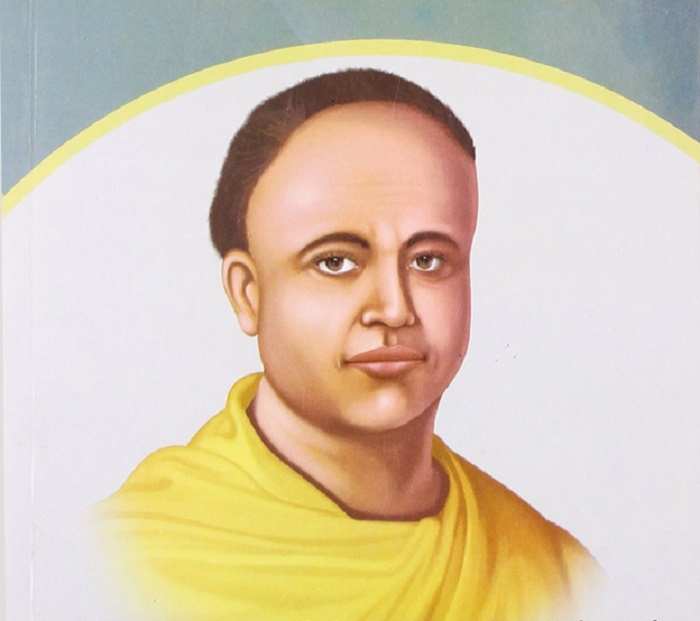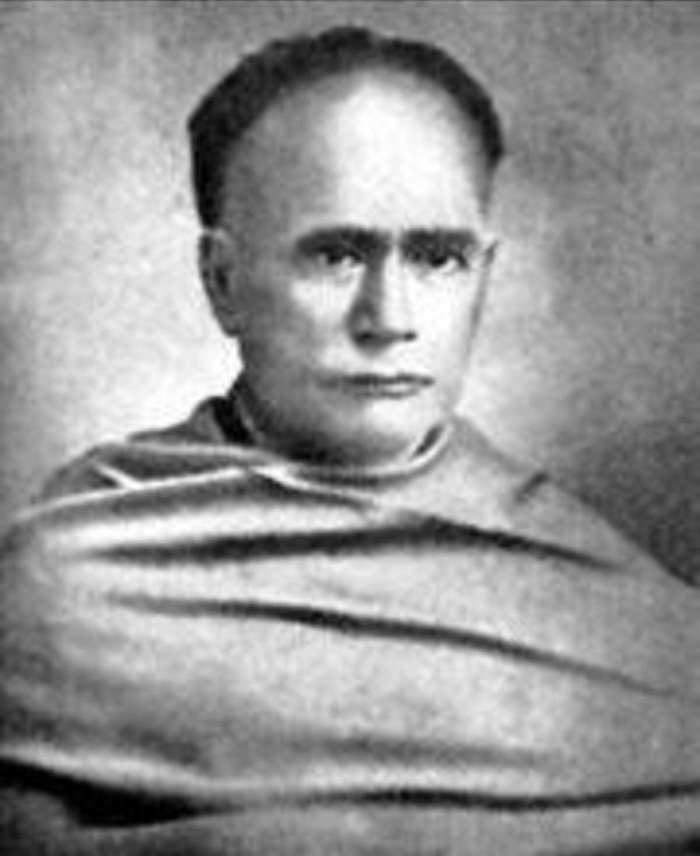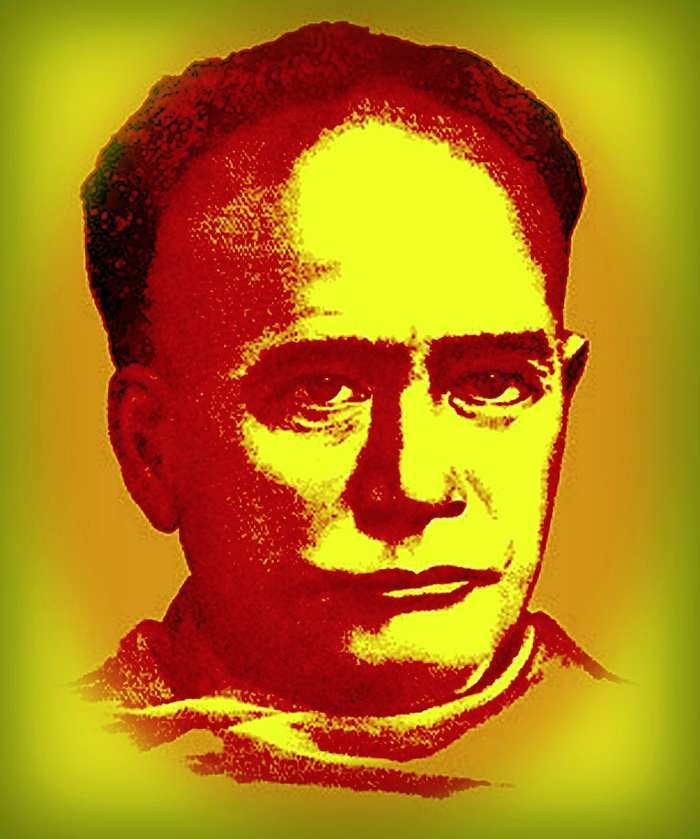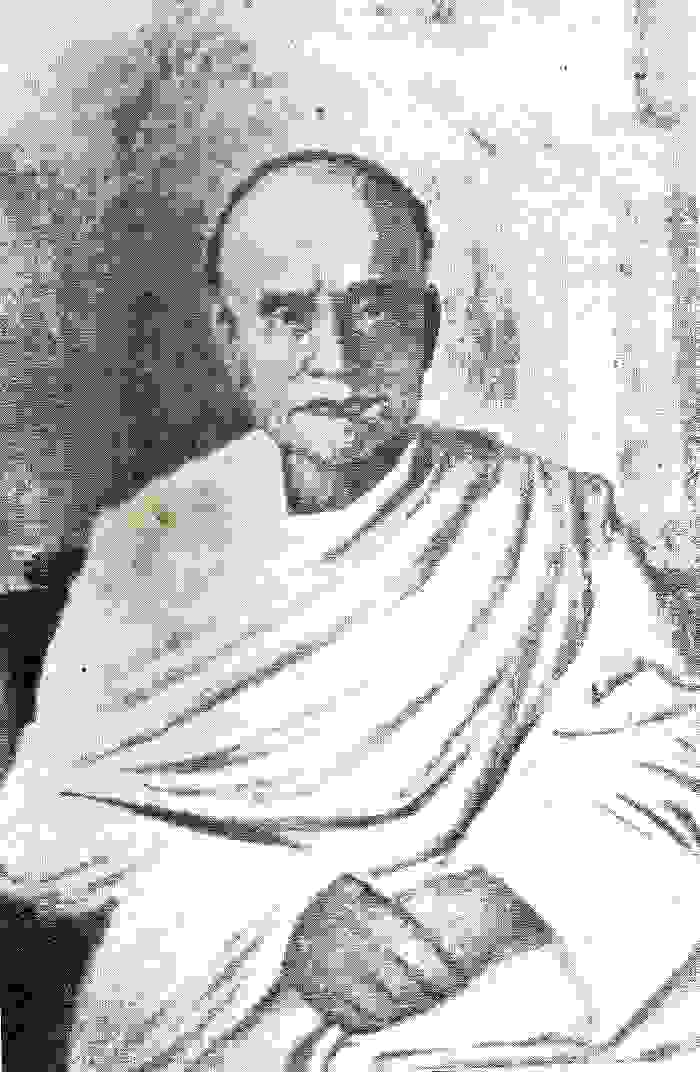Date of Birth: September 26, 1820
Place of Birth: Village Birshingha, District Medinipur, Bengal Presidency (now in West Bengal)
Parents: Hakurdas Bandyopadhyay (Father) and Bhagavati Devi (Mother)
Wife: Dinamani Devi
Children: Narayan Chandra Bandyopadhyay
Education: Sanskrit College Calcutta
Movement: Bengal Renaissance
Social Reforms: Widow Remarriage
Religious Views: Hinduism
Publications: Betaal Panchabinsati (1847); Jeebancharit (1850); Bodhadoy (1851); BornoPorichoy (1854); Sitar Bonobash (1860);
Death: July 29, 1891
Place of death: Calcutta, Bengal Presidency (now Kolkata, West Bengal)

Ishwar Chandra Vidyasagar (1820-1891) was as one of the pillars of Bengal renaissance who managed to continue the social reforms movement that was started by Raja Rammohan Roy in the early 1800s. Vidyasagar was a well-known writer, intellectual and above all a staunch supporter of humanity. He had an imposing personality and was revered even by the British authorities of his time. He brought about a revolution in the Bengali education system and refined the way Bengali language was written and taught. His book, ‘Borno Porichoy’ (Introduction to the letter), is still used as the introductory text to learn Bengali alphabets. The title 'Vidyasagar' (ocean of knowledge) was given to him due to his vast knowledge in several subjects. Poet Michael Madhusudan Dutta while writing about Ishwar Chandra said: "The genius and wisdom of an ancient sage, the energy of an Englishman and the heart of a Bengali mother".
Early Life and Education
Ishwar Chandra Bandopadhyaya was born in Birsingha village of Midnapore district in Bengal on September 26, 1820. His father, Thakurdas Bandyopadhyay and mother Bhagavati Devi were very religious persons. The economic condition of the family was not well so Ishwar had to spend his childhood amidst scarcity of basic resources. Amidst all this, Ishwar Chandra was an obstinate boy with a brilliant mind and he focused his obstinacy in his studies. He learned basics of Sanskrit at the village pathshaala after which he set out for Calcutta with his father in 1826. There are several myths regarding his brilliance and dedication as a student. It is said that Ishwar Chandra Vidyasagar learned English numerals by following the mile-stones labels on his way to Calcutta. His father Thakurdas stayed at Burrabazar area in Calcutta along with his sons and money was scarce so Ishwar Chandra used to help in household chores after school hours, and at night he used to study under the gas lit street lamps to save oil for cooking the next day.
He breezed through his lessons and cleared all the necessary exams. He learned Vedanta, Vyakaran, Literature, Rhetoric’s, Smriti and Ethics in Sanskrit College during 1829 to 1841. He earned regular scholarships and later took up a teaching position in a school in Jorasanko to support his family’s financial condition. He took part in a competition testing knowledge in Sanskrit in 1839 and earned the title of ‘Vidyasagar’ meaning Ocean of Knowledge. The same year Ishwar Chandra Vidyasagar successfully cleared his Law examination.
Vidyasagar got married at the age of fourteen to Dinamani Devi and the couple had a son named Naraya Chandra.

Image Credit: ovguide.com
Career
In 1841, at the age of twenty one, Ishwar Chandra joined the Fort William College as the Head Pandit in the Sanskrit department. The brilliant mind that he was, he soon became proficient in English and Hindi. After five years, in 1946, Vidyasagar left Fort William College and joined the Sanskrit College as 'Assistant Secretary'. But just after a year he entered into serious altercation with the College Secretary, Rasomoy Dutta, over administrative changes he recommended. Since Vidyasagar was not someone who would bow down to power, he resigned from the post on being refused by the college authorities and resumed employment at Fort William College but as a head clerk. He came back to Sanskrit College as a Professor on the request of the college authorities but imposed a condition that he be allowed to redesign the system. He became Principal of Sanskrit College in 1851. In 1855, he assumed the responsibilities as a special inspector of schools with additional charges and travelled to remote villages in Bengal to oversee the quality of education.
Educational Reforms
Vidyasagar is credited with the role of thoroughly remodelling medieval scholastic system prevailing in Sanskrit College and bring about modern insights into the education system. The first change that Vidyasagar made when he came back to the Sanskrit College as a Professor was to include English and Bengali as the medium of learning, besides Sanskrit. He introduced courses of European History, Philosophy and Science alongside of Vedic scriptures. He encouraged students to pursue these subjects and take away the best from both worlds. He also changed the rules of admission for students in Sanskrit College allowing non-Brahmin students to enrol in the prestigious institution. He wrote two books ‘Upakramonika’ and ‘Byakaran Koumudi’, interpreting complex notions of Sanskrit grammar in easy legible Bengali language. He introduced the concepts of Admission fee and tuition fee for the first time in Calcutta. He set up the Normal School for training teachers enabling uniformity in teaching methods. Through his contacts at the deputy magistrate’s office he would help his students get jobs in government offices.
He was an ardent advocate of women education. He rightly viewed education as the primary way for women to achieve emancipation from all the societal oppression they had to face at that time. He exercised his power and lobbied hard for opening of school for girls and even outlined suitable curriculum that not only did educate them, but also enabled them to be self-reliant through vocations like needlework. He went door to door, requesting heads of families to allow their daughters to be enrolled in schools. He opened 35 schools for women throughout Bengal and was successful in enrolling 1300 students. He even initiated Nari Siksha Bhandar, a fund to lend support for the cause. He maintained his support to John Elliot Drinkwater Bethune to establish the first permanent girls’ school in India, the Bethune School, on May 7, 1849.
He disseminated his ideals through regular articles he wrote for periodicals and newspapers. He was associated with prestigious journalistic publications like ‘Tattwabodhini Patrika’, ‘Somprakash’, ‘Sarbashubhankari Patrika’ and ‘Hindu Patriot’. He wrote a number of books that hold primary importance in Bengali culture. His lasting legacy remains with ‘Borno Porichoy’, an elementary level book for learning Bengali alphabets, where he reconstructed Bengali alphabets and reformed it into typography of 12 vowels and 40 consonants. He established the Sanskrit Press with an aim to produce printed books at affordable prices so that common people could buy them.

Social Reforms
Vidyasagar was always vocal about the oppression that the society inflicted on women at that time. He was very close to his mother who was a woman of great character, who directed him once to do something to alleviate the pain and helplessness of Hindu widows, who were forced to live a life of abnegation. They were denied basic pleasures of life, marginalised in the society, often exploited unfairly and treated as a burden by their family. Vidyasagar’s compassionate heart could not take their plight and he made it his mission to improve the quality of life for these helpless women. He faced raging opposition from orthodox society which termed the concept as something heretic. He challenged the Brahminical authorities and proved that widow remarriage is sanctioned by Vedic scriptures. He took his arguments to the British Authorities and his pleas were heard when the Hindu Widows' Remarriage Act, 1856 or Act XV, 1856, was decreed on July 26, 1856. He did not just stop there. He initiated several matches for child or adolescent widows within respectable families and even married his son Narayan Chandra to an adolescent widow in 1870 to set an example.

Character and Altruism
Ishwar Chandra Vidyasagar was a man of contradicting characters. He was an obstinate man who defined his own path of action. He was never swayed by others insistence or arguments and took decisions based on his own judgement. He was a man with exceptional strength of character and did not tolerate jibes at his own self-respect. He held his own against high ranking British officials often making them see the errors of their discriminatory ways. He was not used to taking nonsense from anyone and implemented that obstinate quality in constructive ways to improve the Bengali society from within. Unshakable courage was the mettle of his success in introducing the Widow Remarriage Act in 1856.
On the other hand, he had a soft heart that melted into empathy for other’s plight. He was easily moved to tears when he saw someone in pain and was always the first person to offer his help to colleagues and friend in distress. He spent most of his salary to pay for the expenses of poor students. He felt the pain of the child and adolescent widows around him and dedicated his all to lessen their predicament. He helped revered Bengali poet Michael Madhusudan Dutt to relocate from France to England and study for the bar. He also facilitated his return to India and inspired him to write poetry in Bengali creating some of the most legendary literary works in the language. Michael Madhusudan gave him the epithet ‘Daya Sagar’ (ocean of generosity) for hi selfless altruism.
Demise
Ishwar Chandra Vidyasagar, the great scholar, academician and reformer passed away on 29 July, 1891 at the age of 70 years. After his death Rabindranath Tagore said, "One wonders how God, in the process of producing forty million Bengalis, produced a man!"



